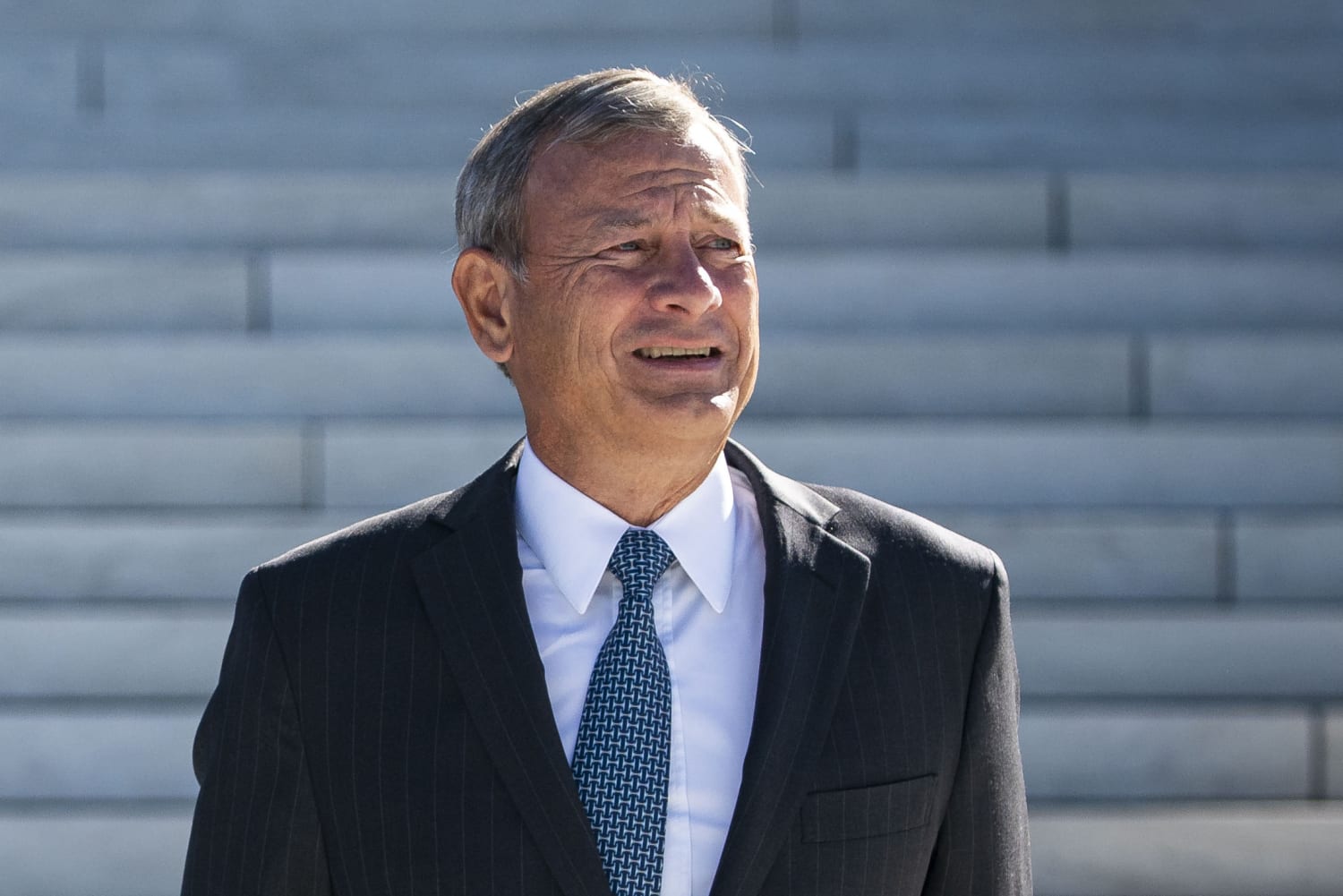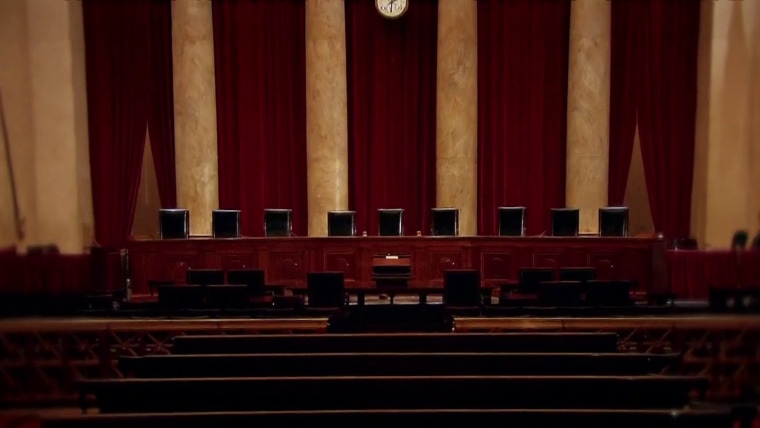Chief Justice John Roberts usually begins his Year-End Report on the Federal Judiciary with a short history lesson, and the recently issued 2021 edition was no exception. Noting the 100th anniversary of the appointment of Chief Justice William Howard Taft, the only person to have served as both president and chief justice, Roberts praised his predecessor for energetically “safeguarding and fortifying” judicial independence by protecting the “Judiciary’s power to manage its internal affairs.”
The Supreme Court has declined for over 50 years to adopt the Judicial Conference code, or any other, making it the only court in the U.S. without a formal set of ethics rules.
His comments come amid increased calls for the Supreme Court to be subject to a code of ethics, like all other U.S. courts. As chief justice, though, Roberts has consistently defended the court’s refusal to adopt one, rejecting all suggestions of congressional or other oversight. His referring to Taft’s support for judicial independence seems to bolster that argument. But the story Roberts presented is oddly incomplete, omitting a crucial aspect of Taft’s legacy: Taft also believed that judges should be accountable for their conduct according to ethical standards developed outside the judiciary – a proposition that Roberts has politely but firmly rejected.
Shortly after his investiture in 1921, Taft accepted the chairmanship of an American Bar Association commission charged with promulgating the first set of written ethics rules for judges. The move was prompted after it was revealed that U.S. District Judge Kenesaw Mountain Landis had accepted a $42,500 annual salary for serving as the first commissioner of baseball while still receiving his modest $7,500 salary as a judge. In addition to Taft, the committee included two other judges and two practicing lawyers. Nonjudicial input was taken so seriously that one member had to be replaced when he was later appointed to the Supreme Court.
Taft’s commission issued its report in February 1923, recommending that the ABA issue Canons of Judicial Ethics, with 34 provisions covering conflicts of interest, courtroom management, opinion writing, personal financial investments and virtually every other aspect of judging and judicial life. Although the canons lacked any enforcement mechanism, they did set forth “declared ethical standards” for all judges, which was pathbreaking for the time. And Taft’s canons were intended to apply with equal force to “courts of last resort,” making no exception for the Supreme Court (or himself).
The ideal of an official ethics code for judges advanced steadily over the following 50 years. A handful of state judiciaries formally adopted the canons, and many more recognized them as authoritative, if not binding. Taft’s status as chairman of the commission gave the canons informal legal sway over the federal judiciary, leading to their regular citation in federal court opinions on issues such as conflicts of interest and judicial discretion.
Another financial scandal, resulting in the resignation of Supreme Court Justice Abe Fortas in 1969, spurred the ABA to re-examine the by-then-antiquated canons. The ABA promulgated the much-strengthened Code of Judicial Conduct in 1972. The Judicial Conference of the United States, with authority over the lower federal courts, officially adopted the code in 1973, as did every state judiciary in the following years. Though the code itself doesn’t include penalties, violations can lead to discipline in some circumstances.
That progress stopped at the Supreme Court steps. The Supreme Court has declined for over 50 years to adopt the Judicial Conference code, or any other, making it the only court in the U.S. without a formal set of ethics rules.
Roberts has been a staunch defender of the court’s unique prerogatives, firmly stating that the Supreme Court has “no reason to adopt the Code of Conduct as its definitive source of ethical guidance.” Because “every Justice seeks to follow high ethical standards,” Roberts allows that they may well consult the code while also turning to “judicial opinions, treatises, scholarly articles and disciplinary decisions,” as well as seeking advice from one another. While it is always wise to consider multiple authorities, the problem with such a diffuse approach is that the public has no explicit notice of the standards that will ultimately determine any individual justice’s resolution of ethics issues.
In fact, the absence of a written code has left numerous unanswered ethics questions for the Supreme Court. Is it ethical for justices to provide reporters with anonymous leaks about their discussions in conference? Must they refrain from praising or criticizing political candidates or speaking at meetings of partisan legal organizations? May they accept travel stipends for educational seminars funded by trade or industry groups? Are there limits on raising funds for charities? May a justice vacation with a litigant whose case is pending or comment on legal issues in the lower courts?
Each of these situations has arisen for one or more justices in recent years, only to be resolved ad hoc, if it is addressed at all. The Judicial Conference code has its shortcomings, not surprisingly, but it does address most of these issues, as any written code likely would.
Democrats in the House have repeatedly introduced reasonable legislation that would require the Supreme Court to adopt a code of conduct while leaving the actual content of the provisions up to the justices themselves. The recent Presidential Commission on the Supreme Court has also recommended the adoption of an “advisory code of conduct.”
But even this modest step has been discounted as unnecessary by Roberts and several of his colleagues, who evidently fear that a formal code could somehow subject their conduct to review by lower courts.
Taft’s Canons of Judicial Ethics were strictly aspirational, providing for neither penalties nor recourse, but they did embody the principle that outsiders – in this case, the American Bar Association – were entitled to set standards for the courts.
Any Supreme Court code of conduct would be likewise unenforceable – it isn’t called the Supreme Court for nothing – but that is beside the point. The purpose of such a code is to provide clarity about the court’s own ethical principles. In an era when public approval of the court has fallen to a historically low 40 percent, the adoption of transparent ethics guidelines would enhance confidence in its often opaque operations.
Given his evident admiration for Taft, Roberts could show great leadership by reconsidering his opposition to a code of conduct for the Supreme Court. As Taft’s commission memorably explained, the public can only benefit from “a proper guide and reminder for judges … indicating what the people have a right to expect from them.”
Source: | This article originally belongs to Nbcnews.com










